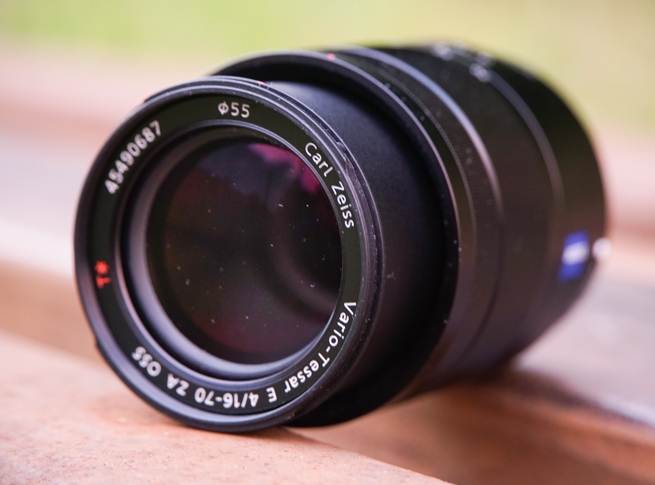If even the uninitiated a glimpse of the modern world, we immediately understand – successful companies – mostly those who offer a bit more choice. However, this does not apply to such nuggets as Apple.
In the same photographic technique is more popular is not the company that introduced the gadget “all in one”, and the one that will offer the choice of the large number of cameras and optics to them. It could not be better understood in Sony, offering to its mirrorless now “Alf” A huge selection of replacement windows. Not only does this cost, or a series of G, as our recent review of the hero, but the optics from outside the famous manufacturers. As Carl Zeiss 16-70mm Vario-Tessar E F4 ZA OSS.
Premium glass, it becomes clear even at the moment when you open the box, and the first thing you see – a beautiful case for carrying and storage, made under the skin. He is unlikely to be comfortable for everyday carrying the lens, but for long term storage or travel – just right. By the way, about the assembly. Inside the user has to find and a small hood that have handy when shooting in challenging lighting conditions. Trifle, but nice, especially for the price.
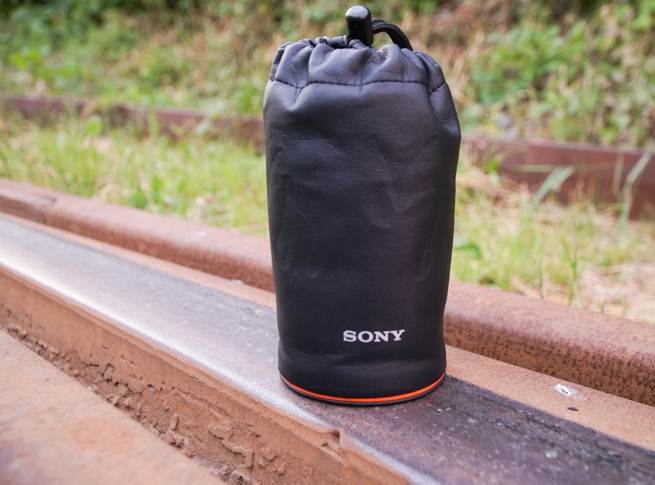
Wheel two, both covered with a ribbed plastic to prevent slipping. First, the wider wheel is responsible for zooming, while the external zoom, which is not always convenient. Although no backlash does not occur, and scrolling – smooth and clear.
The second wheel is responsible for the focus on the subject and work with him is really very convenient – even when shooting video no tryasok – scrolling is like clockwork.
Bokeh is responsible for the construction of a 7-blade diaphragm, and for clarity – built-in optical image stabilization, which allows you to shoot up to 1/10 with it.
Quite noticeable vignetting at maximum aperture at the minimum focus distance, but it can be easily controlled to stop the cover / two small or zooming. Yes, and the editor can fix blackout in a few clicks, especially given the fact that the tests show a decline in brightness by less than 1 eV.
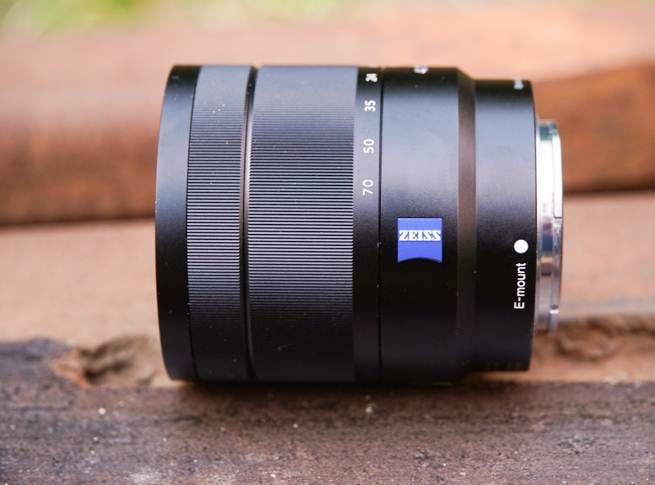
Distortion to be expected for this type of zoom, even though the inscription Carl Zeiss 16-70mm. At maximum aperture curving lines visible to the naked eye, especially at wide angle. Synthetic tests suggest that 70 mm is also a distortion, but notice them will already be difficult. However, glad that modern editors allow you to eliminate this shortcoming in a few clicks, so that fans of straight lines should not be upset.
Indicators of high resolution. 16 mm focal length lens demonstrates rated “Excellent” by the center and edges of the frame, reaching a minimum border with “Good” on the F11. On F16 – all-only “Good” on F22 – “Mediocre.”
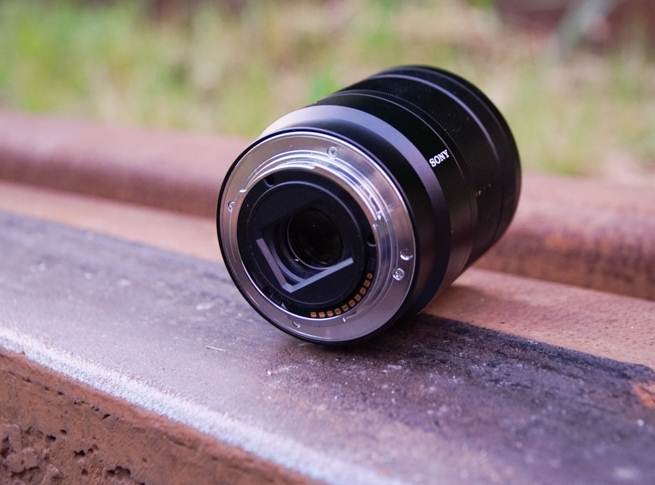
35 mm focal aperture 4 shows “Excellent” on the center of the frame, but do not reach the edges slightly, remaining at the level of “good”. Interval F5.6-F11 – it “excellent” as the middle frame, and on the edges, but with a stronger evaluation of the aperture cover fall down to “Mediocre” on F22.
At the maximum focal length when F4 not up to the mark “Excellent” or on the edges or in the middle of the frame. F5.6 and F8 get confident “excellent”, while F11 – just something with a lower limit of “Good” for the center and the edges of the frame. F16 and F22 – “Good” and “Mediocre”, respectively.
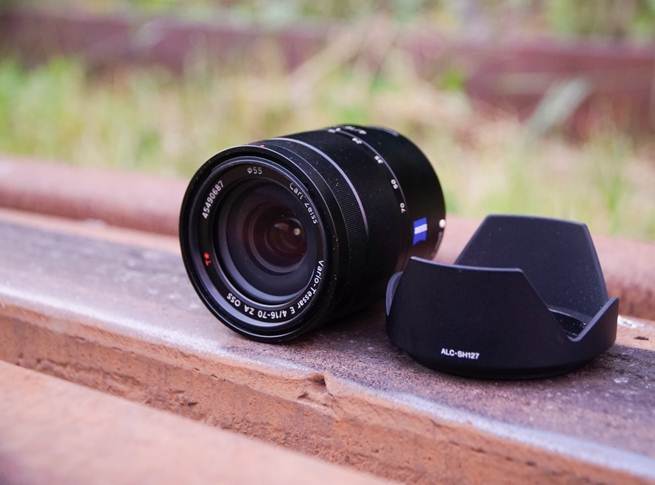
Level chromatic aberration is 1 to 1.5 pixels. On the one hand, it is not so much, and to cope with the defect will be no problems in the editor. But on the other hand a level of aberrations is seen especially when printing large formats on images with complex lighting conditions.
Total – Carl Zeiss 16-70mm
The cost of this lens is about 1,000 U.S. dollars, which, on the one hand, a little at a first-class, relatively light optics coated all relevant focal lengths. This lens can be a loyal, reliable and versatile friend to many, providing a good image in any shooting conditions. And the fault here is not to anything other than a slightly elevated HA and slightly smaller field than expected.
Read another very interesting article about alternative energy of the Sun, water and air.

